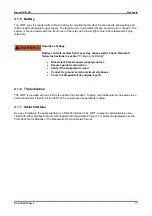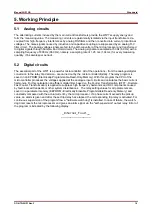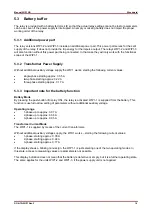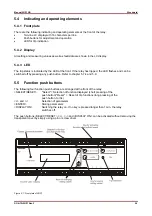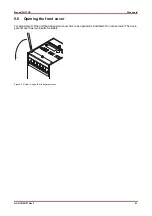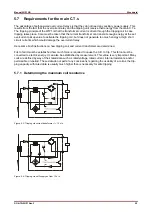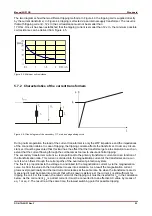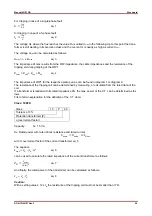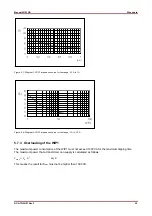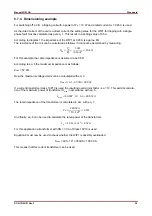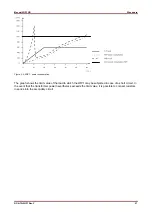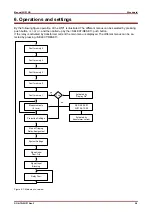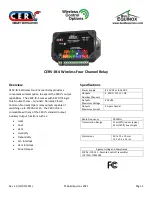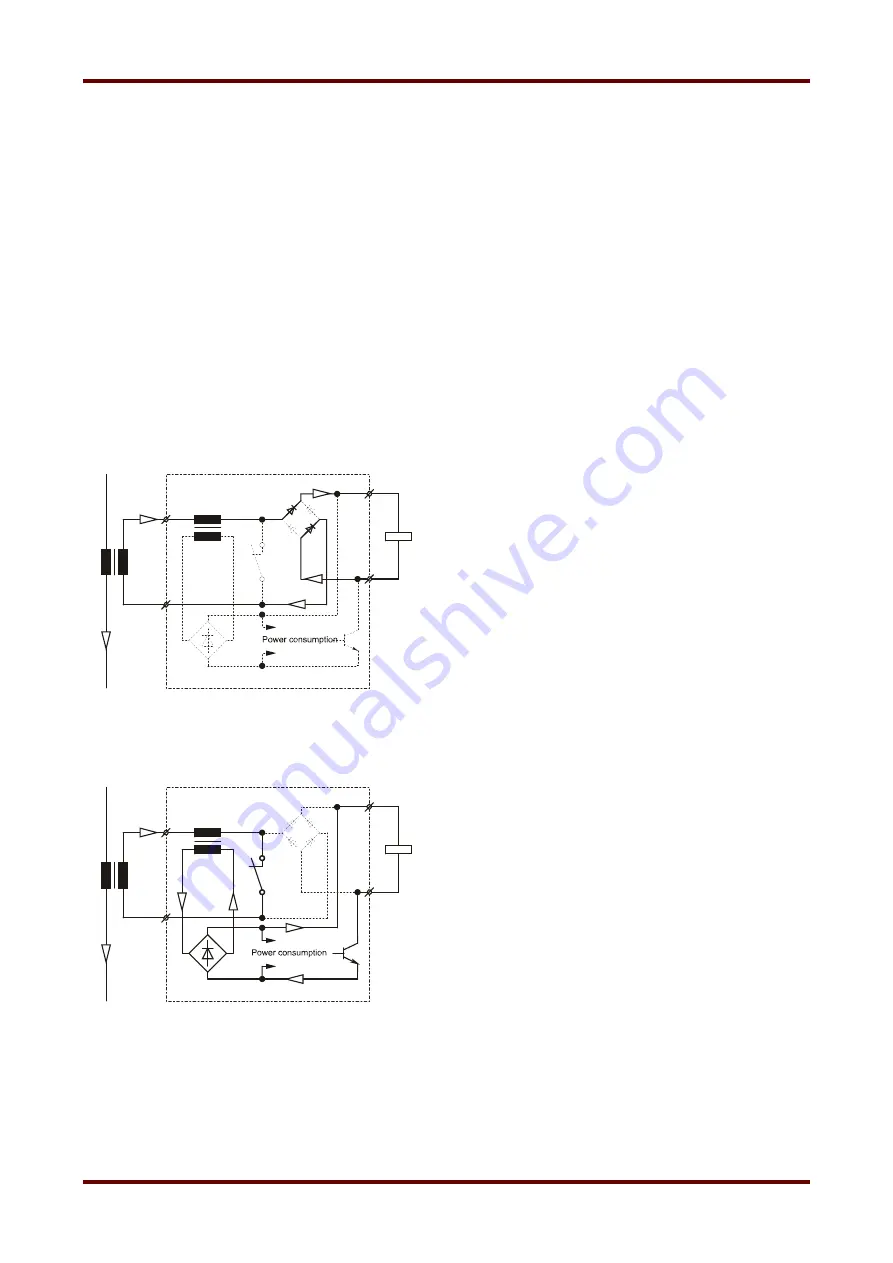
Manual WIP1 GB
Woodward
DOK-TD-WIP1 Rev.F
22
5.7 Requirements for the main C.T.s
The advantage of self-powered overcurrent relays is that they do not need any auxiliary power supply. This
results from the fact that the overcurrent relay and the tripping unit receive their energy from the main C.T.s.
The tripping principle of the WIP1 is that the transformer current is driven through the tripping coil in case
tripping takes place. Care must be taken that the current transformer can transmit enough energy at the set
overcurrent pickup value to activate the tripping coil, but does not generate too much energy at high short
circuit currents which would damage the overcurrent relay.
Here some brief instructions on how tripping coil and current transformer are determined.
First of all it must be established how much force is required to cause the C.B. to trip. This force must be
converted to electric energy. It can also be established by measurement. This value is very important. Many
coils are defined by way of their rated data such as rated voltage, rated current, internal resistance and/or
permissible on-period. These data do not permit any conclusions regarding the usability of a coil as the trip-
ping capacity with rated data is usually much higher than is necessary for safe tripping.
5.7.1 Determining the maximum coil resistance
Figure 5.3: Tripping via current transformer I < 12 x In
Figure 5.4: Tripping via self-supply as from 12 x In










